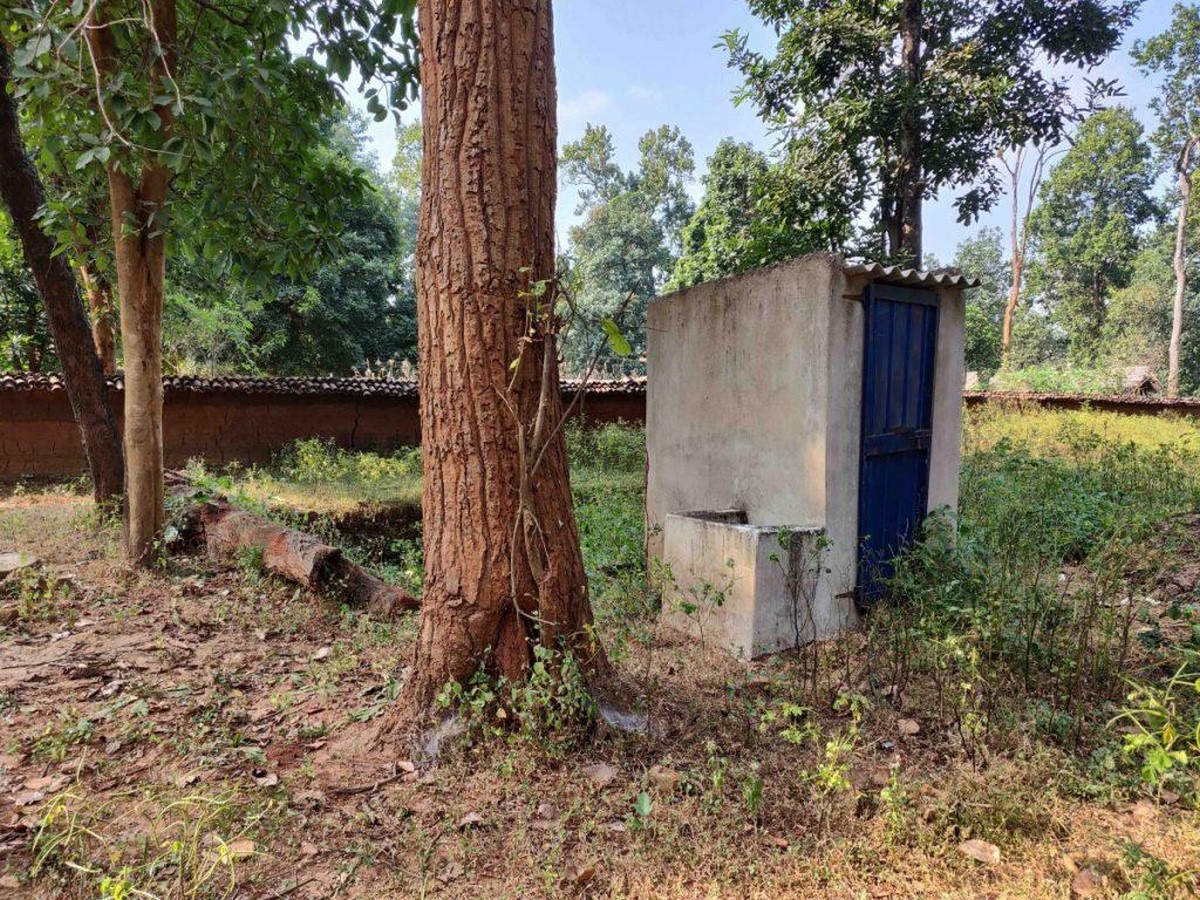The word ‘design’ itself hides user experience. Something is designed because one person or another wants it to be his/ her way. If the design was not there, everything would have been the same. But God has not created the world that way. There are lakhs of species and every species has its own needs. When talking of humans, even within the same species, every being is different from one another, and hence, their wants and requirements are different. The role of designers is very important as they are responsible for understanding other’s perspectives of how they want to use the stuff. And many times, the designers must decode this on their own without the client being able to explain.
A user-experience design deals with how the user would interact and react to the design. It involves doing research and analysis of the available data. It always has a concept of what the designer is trying to achieve. The user experience in architecture is on another level. A single app, website, or product is common among millions of people. But this is not the case with architecture. The architecture changes for every individual, family, community, city, and country.

Importance of Teaching Human Psychology to Designers
User Psychology, User Experience
When one thinks of a course in Design (of anything), he/she will generally think of honing skills like sketching, photography, documenting, and modeling; and getting knowledge about materials, color theory, and lighting. But no one relates design education with getting some insight about human psychology, or the user’s/ client’s behavior. For a designer, having learned the basics of psychology is quite important. Designers are always in the delusion that they have designed the best on their end, and the user is also likely to fall in love with what they have created. They believe that the user is going to use the stuff their way, but this is not what always happens. Designers of course design things keeping in mind the needs of the user. However, many elements in the design have been pre-assumed by the designer which results in a bad experience. Learning psychology helps designers to put themselves in the user’s shoes and then see the scenario.
Some Instances
Swachh Bharat Abhiyan, Groningen
Some failures can be seen even in popular drives such as ‘Swachh Bharat Abhiyan.’ In 2017, Chhattisgarh’s Kanker village had 50 toilets built for 50 houses. The village was to be declared Open defecation-free. But later, it was known that the toilets were not being used for the purpose for which it was built. Other than that, it had many uses such as serving the purpose of the store room or as a shelter for the chicken. On interrogation, the villagers said that they did not feel it fit to defecate in their houses. They consider it impure. Also, they share a unique connection with the forests when they follow the morning routine there. Also, they had no water to waste for the flushing and cleaning of the toilet. For them to defecate was like a social gathering where men and women would meet on their way. These separate toilets were not for them.

To promote bicycles in the city, Groningen used user psychology and behavior. A city in the Netherlands, Groningen is a city where almost 60 percent of people use bicycles as a means of transport. It is a city where one-fourth of the population is students who do not have much money. And therefore, the policies are such that to travel by car is expensive. Either students must pay or wait to travel by bus. Hence, they find it easier to own a personal bike and ride it. Also, the cars are not allowed in the city center. Therefore, people find it uncomfortable and time-consuming to cross the city center by car because now they would have to take a trip around the city to cross the center. This also works with the people as Groningen is a small city and people do not bother traveling on bicycles. Now people support this as well as they can see the benefits of this on their overall health and well-being.

These examples highlight what happens when designers/builders/ providers take pains to understand user psychology and when they do not. Whether the scale of the project is small or too big, user psychology and behavior are equally important in both cases. In Kanker’s case, the authority could have given the toilets in the forest itself and could have used architecture to design some kind of open toilets with the provision of grey water being used for flushing. The authorities in Groningen could have supported cars like every other city. It is all about tapping into the behavior of the users and making the right decisions from it. Only then the designers would be able to create significant changes.
References:
Mohanty, S. (2020). Why psychology needs to be taught at design school. [online] Medium. Available at: https://uxplanet.org/why-psychology-needs-to-be-taught-at-design-school-fc6d5cce9979 [Accessed 17 Sep. 2023]
The Wire. (n.d.). Swachh Bharat Toilets in Bastar Are Used for Many Things – Except Defecation. [online] Available at: https://thewire.in/government/bastar-chhattisgarh-swachh-bharat-toilets [Accessed 17 Sep. 2023]
www.gondolaproject.com. (2011). Groningen, Bicycle Capital of the World «The Gondola Project. [online] Available at: https://www.gondolaproject.com/2011/09/21/groningen-bicycle-capital-of-the-world/ [Accessed 17 Sep. 2023]














